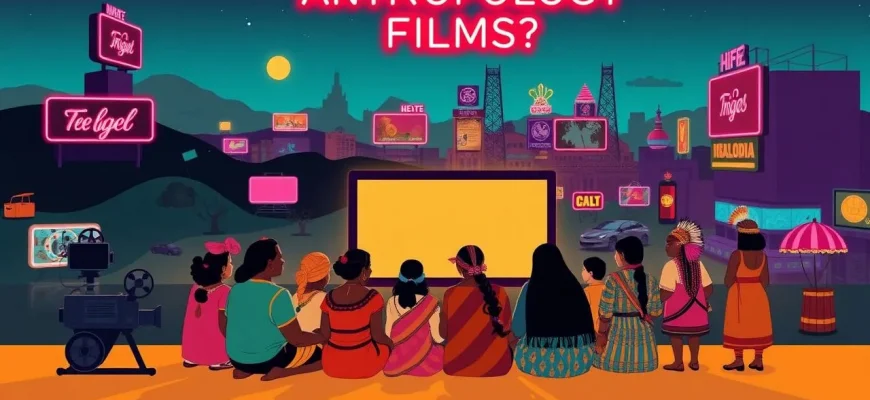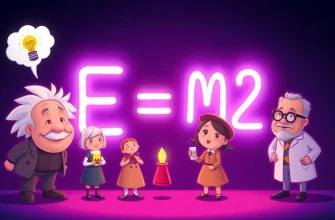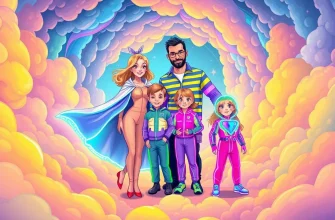This curated selection of films delves into the fascinating world of anthropology, offering viewers a chance to explore diverse human cultures, traditions, and societal norms through the lens of cinema. Each film in this collection provides a unique perspective on anthropological themes, making it an invaluable resource for those interested in understanding the complexities of human society.

The Gods Must Be Crazy (1980)
Description: This comedy explores the impact of modern civilization on an isolated tribe in the Kalahari Desert, highlighting cultural misunderstandings and the anthropological concept of cultural relativism.
Fact: The film was shot in Botswana, and the lead actor, N!xau, was a real-life San tribesman who had never seen a film before.
 Watch Now
Watch Now
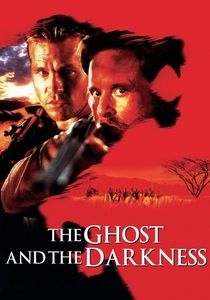
The Ghost and the Darkness (1996)
Description: While not directly about anthropology, this film explores the cultural impact of man-eating lions on the construction of the Tsavo bridge in Kenya, touching on local beliefs and colonial attitudes.
Fact: The film is based on the real-life Tsavo maneaters, whose skulls are on display at the Field Museum in Chicago.
 Watch Now
Watch Now
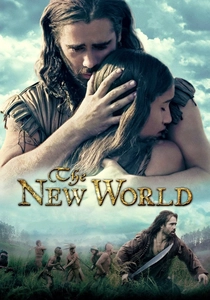
The New World (2005)
Description: Terrence Malick's film about the founding of Jamestown and the relationship between Pocahontas and John Smith, focusing on cultural clashes and the romanticization of Native American life.
Fact: The film was shot in Virginia and England, with extensive use of natural light to capture the era's atmosphere.
 Watch Now
Watch Now
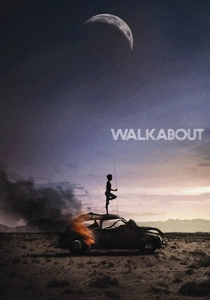
Walkabout (1971)
Description: A story of survival and cultural exchange, where two children lost in the Australian outback are helped by an Aboriginal boy, showcasing different survival techniques and cultural perspectives.
Fact: The film was shot in the Northern Territory of Australia, with many scenes improvised to capture the natural environment.
 Watch Now
Watch Now
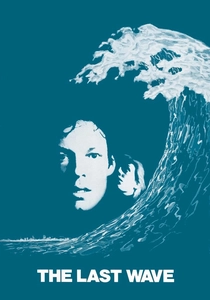
The Last Wave (1977)
Description: This Australian film explores the cultural and spiritual beliefs of the Aboriginal people, focusing on the clash between modern law and ancient traditions.
Fact: Director Peter Weir used real Aboriginal actors and incorporated their cultural practices into the film.
 30 Days Free
30 Days Free
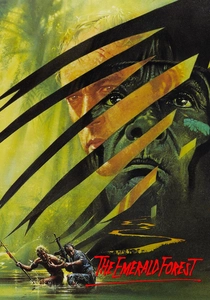
The Emerald Forest (1985)
Description: This film follows an American father's journey into the Amazon to find his son, who has been adopted by an indigenous tribe, exploring themes of cultural identity and environmental impact.
Fact: The film was inspired by a true story, and much of the cast were actual members of the tribes portrayed.
 30 Days Free
30 Days Free

The Mission (1986)
Description: Set in the 18th century, this film examines the clash between Jesuit missionaries and Portuguese and Spanish colonial powers, reflecting on cultural imposition and the ethics of missionary work.
Fact: The film's score by Ennio Morricone won the Golden Globe for Best Original Score.
 30 Days Free
30 Days Free

Dances with Wolves (1990)
Description: A Civil War soldier's journey into the life of a Lakota tribe, offering an in-depth look at Native American culture and the impact of European settlers.
Fact: Kevin Costner, who directed and starred in the film, learned the Lakota language for authenticity.
 30 Days Free
30 Days Free

Rabbit-Proof Fence (2002)
Description: Based on true events, this film tells the story of three Aboriginal girls who escape from a government camp to return to their families, highlighting the Stolen Generations and cultural resilience.
Fact: The film was shot in Western Australia, following the actual route the girls took.
 30 Days Free
30 Days Free
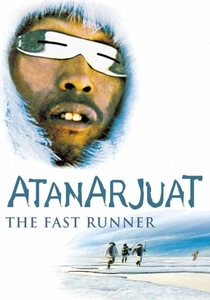
Atanarjuat: The Fast Runner (2001)
Description: This Inuit epic tells a story of love, betrayal, and survival in the Arctic, providing a deep dive into Inuit culture and mythology.
Fact: It was the first feature film ever to be written, directed, and acted entirely in Inuktitut, the Inuit language.
 30 Days Free
30 Days Free

